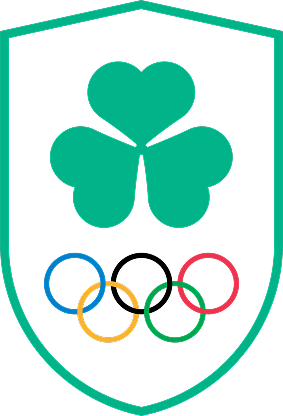National Federation
Weightlifting Ireland
Unit 2C Donnybrook Commercial Park
Douglas
Cork
Email: [email protected]
Web: http://weightliftingireland.com/
Contact: Colin Buckley, President: 086 2577875
Olympic History
Weightlifting featured in the first modern Olympics in Athens in 1896. The two events in 1896 were the one-handed lift and the two-handed lift and they were open to all competitors regardless of their weight. The sport appeared again at St Louis 1904 (and in the Intercalated Olympics in Athens in 1906) and then at Antwerp 1920 after which it commenced an unbroken run on the Olympic program. Women’s weightlifting was added to the Olympic program in Sydney in 2000.
Technical Details
Weightlifting consists of two movements executed in a standard order: first the snatch and then the clean jerk. There are both men and women Weightlifting events. Each athlete has the right to three attempts for each movement. The athlete’s best performances in both movements are put together to determine the final placement.
Rules
Weightlifting consists of two movements: the snatch and the clean jerk. Athletes compete in categories according to their body weight. According to International Weightlifting Federation (IWF) rules, in competitions the athlete’s performances in both movements are put together to determine the final placement.
Techniques
The techniques for the two Weightlifting movements are as follows:
Snatch
The competitor lifts the bar overhead in a single motion. In the attempt to lift the bar, the knees may bend, and the legs may split, but no other part of the body may touch the ground. Once the bar is lifted overhead, the competitor must remain motionless, arms and legs extended, with bar and body in a straight line, until given the green light by the referees.
Clean and jerk
This is a two-part lift. In the first (the ‘clean’) part, the weight is brought from the ground to shoulder-level in one motion. In the attempt to lift the weight, the knees may bend and the legs may be split. In the second (the ‘jerk’) the competitor bends the knees, at the same time extending the arms upwards, thus lifting the bar overhead. When the movement is complete, the competitor must remain absolutely motionless until the signal from the referees is green.
